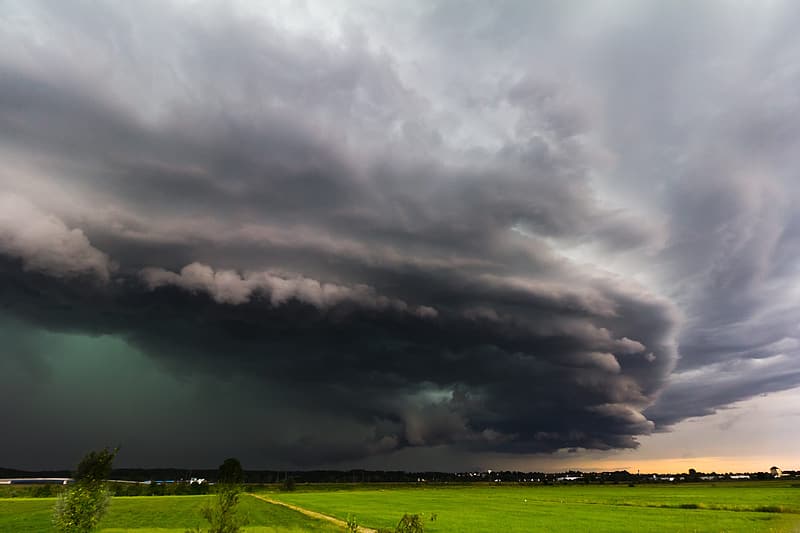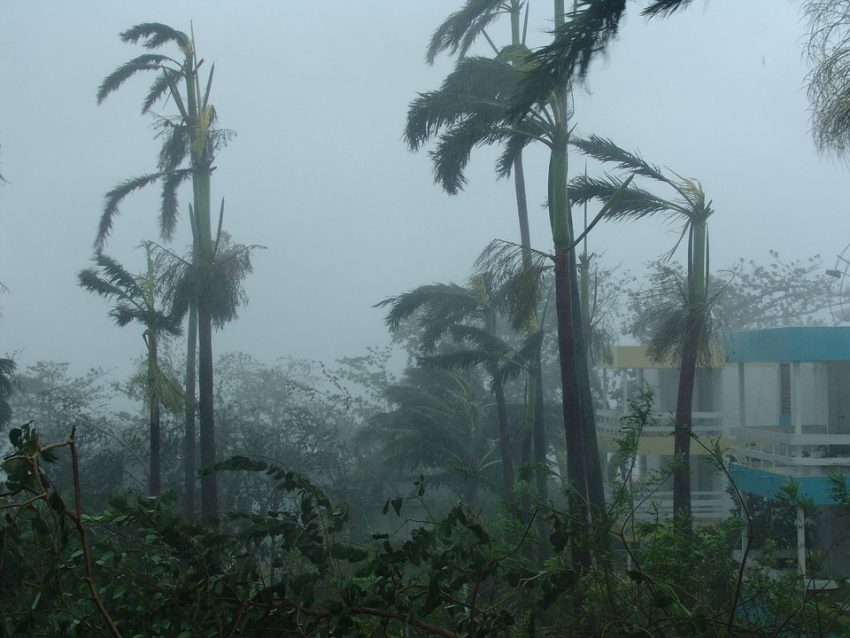Death Toll Surges in Wake of Storms across American South
After being pummeled by a relentless storm system over the weekend, residents across the Southern United States are cleaning up and accessing the damage. The storm system delivered a plethora of hazards to the region including hail, flooding rains, and deadly tornadoes. 33 people are confirmed dead, the result of storms that carved a destructive path stretching 1200 miles (1931 km) from Texas to the Carolinas. Over 1 million customers lost power due to the outbreak, while hundreds of homes and businesses were damaged or destroyed.
According to @akrhertz, the number of tornado warnings issued between 7 a.m. CDT Sunday and 7 a.m. CDT today is the greatest in more than 8 years.https://t.co/FWymbPgS7p
— Matthew Cappucci (@MatthewCappucci) April 13, 2020
While the severe weather outbreak lasted Saturday through Monday, Sunday was the busiest day. Not only was Sunday the busiest day of this outbreak, it was the most active severe weather day of the calendar year thus far, and produced the most severe storm reports in one day since 6/28/2018. It also is the deadliest tornado outbreak in the United States since 2012.

There were nearly 60 reports of tornadoes, with most of them occurring in southern Mississippi. Several of them featured very long tracks that contributed to the extensive damage. One such was given a preliminary rating of EF4 on the Enhanced Fujita Scale, containing winds of 170 mph (274 kph). This twister tore through the town of Bassfield.
Truly remarkable the power and randomness of a tornado. Roof gone. Home destroyed. Residents home at the time survived…and so did the pound cake. Untouched in a glass jar on the counter. Prayers for this family’s recovery. 📸Jerel Wade, Soso Mississippi pic.twitter.com/bDPM8ajU8v
— Scot Pilie’ (@ScotPilie_Wx) April 13, 2020
Tornadoes may have caused the most damage during the outbreak, but other dangerous perils, such as flooding were rampant as well. In the town of Dalton, Georgia massive flooding led to numerous high water rescues as roads were inundated with up to 4 feet (1.2 meters) of water. Governors of the effected states have declared a State of Emergency, in addition to the preexisting declarations due to Covid-19.
“[This is the] worst rain I’ve seen in my ten years with the city,” said Dalton Public Works Director Andrew Parker. “”Mill Creek reached a level of almost 15 feet, 4 feet above flood stage,” pic.twitter.com/0tIsZuRIzH
— City of Dalton, Georgia (@DaltonGaCity) April 13, 2020




